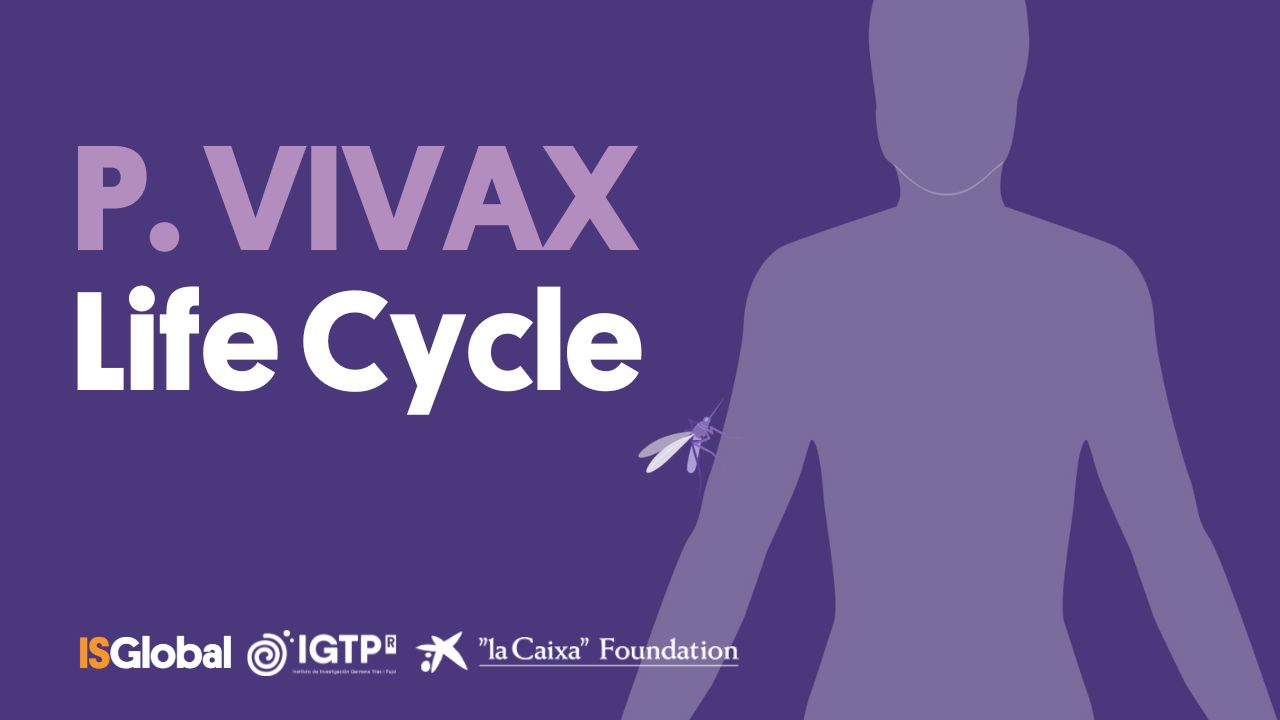VIDEO: Life Cycle of 'Plasmodium vivax': Highlighting New Cryptic Erythrocytic Stages
Exploring Hidden Niches in Malaria Infections: The Complexity of 'Plasmodium vivax'

Malaria, a perennial threat to humanity caused by Plasmodium parasites, continues to have a devastating impact worldwide. Plasmodium falciparum and Plasmodium vivax are the predominant species contributing to this burdensome disease.
Traditionally, the understanding of P. vivax malaria's persistent nature has been anchored in the concept of dormant liver stages, known as hypnozoites. However, groundbreaking research has challenged this long-held belief. Recent studies have provided compelling evidence pointing to the spleen (Machado-Siqueira et al., 2012 PLos Neg Trop Dis; Kho et al., PLoS Medicine) and bone marrow (Baro et al., 2018 PLos Neg Trop Dis; Brito et al., 2022 J Inf Dis) as potential reservoirs for these asymptomatic infections.
The emergence of these cryptic erythrocytic infections poses a significant challenge, as these niches appear to provide sanctuary for the parasites, facilitating evasion of both the immune response and antimalarial drugs. Addressing these key gaps in our knowledge is essential if the ambitious goal of eradicating malaria is to be achieved.
To better understand the complexity of P. vivax infections, the CaixaResearch project "Novel organ-on-a-chip technology to study extracellular vesicles-mediated cryptic infections in Plasmodium vivax malaria" has produced this video to disseminate key insights into cryptic erythrocytic infections. The initiative is led by Hernando A del Portillo and Carmen Fernandez-Becerra, group leaders of the Plasmodium vivax and Exosome Research Group (PvREX) at the Barcelona Institute for Global Health (ISGlobal) and the Germans Trias i Pujol Research Institute (IGTP) in Spain.
News shared with ISGlobal.
